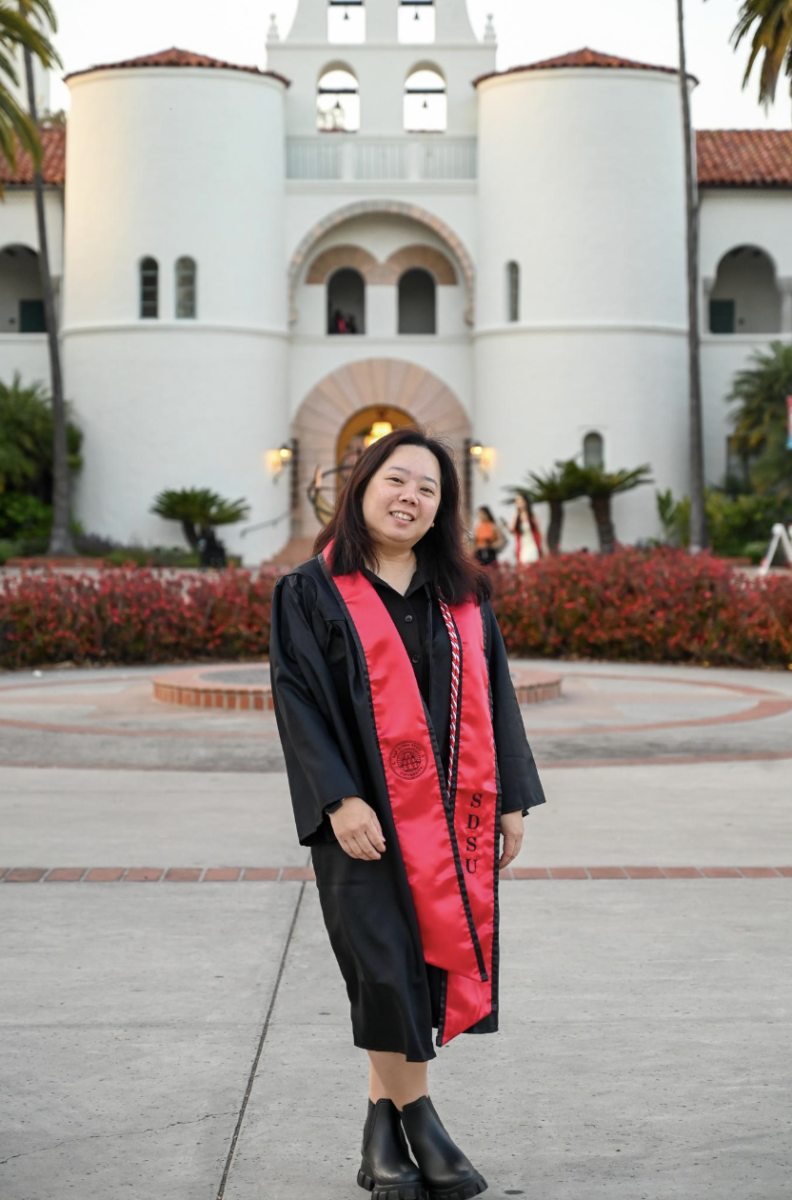From Sept. 15 through 21, San Diego State participated in the CalFresh Challenge. The challenge was simple: spend only $34.31 total on food and beverages for one week. It was designed to give a glimpse of what life is like for low-income Americans by using the average amount of assistance given to CalFresh recipients in San Diego. While its intentions are admirable, the CalFresh Challenge trivializes the reality faced by millions of Americans living in hunger by reducing it to a one week experience.
Living one week with only a $34.31 food budget may be a temporary challenge for many participants, but it’s a reality faced by 285,000 San Diego County residents — not to mention the roughly 48 million Americans who receive food assistance.
By participating in the challenge, we are taking a social issue and treating it as if it’s a choice. By portraying hunger as a choice, we are reducing the severity of the issue and turning it into a game that, if completed, can only open participants’ eyes, at best. But for those millions of Americans, being hungry isn’t a choice and there’s certainly no reward.
The challenge, a part of Hunger Action Month, is nationally known as the Supplemental Nutrition Assistance Program Challenge, but it’s commonly referred to as the food stamp challenge. The challenge gained national attention in 2007 when four members of Congress pledged to live a week on the average food stamp budget. For 2014, at least two dozen San Diegans chose to participate in this national challenge.
“The challenge really allows for students to put themselves in other people’s shoes and kind of see what it is to live off the CalFresh system,” finance senior and Associated Students Vice President of Financial Affairs Alex Padua said.
According to the Food Research and Action Center’s website, thousands of people have since taken the challenge as a way to educate themselves and promote understanding of the SNAP program.
But questions arise, as do participants’ motives. Do participants truly want to raise awareness while experiencing first hand what it might feel like to be food-insecure? Or are participants trying to prove it’s possible to live on $34.31 just to use their one week experiences as proof that low-income residents should receive less assistance — because that’s exactly what happened last year.
In June 2013, Donny Ferguson, an aide to Texas Representative Steve Stockman, attempted the SNAP challenge and claimed to have spent only $27.58. He wanted to show it was not only possible to live off the allotted assistance, but that funding for SNAP programs should be cut. In an ironic turn of events, it turned out Ferguson actually went $9 over the limit, yet he proclaimed to have beaten the challenge.
Regardless of participants’ intentions, the fact remains that the hardships low-income residents endure can’t be emulated in a single week. The stress and emotional baggage, not to mention the economic hardships that probably led to long-term hunger, can’t be replicated by choice. So why even try?
But there’s no visible light at the end of the tunnel for low-income residents. Participants have the choice to go hungry for a week, but food-insecure people don’t. They can’t opt out of hunger at will.
Perhaps it’s difficult to see how participation in this challenge is insensitive. For an illustration, imagine a similar challenge raising awareness for homelessness, encouraging people to go homeless for a week. How would homeless people feel seeing people try on homelessness for a week? How would they feel to see participants return to their comfortable homes? How exactly is this supposed to help homeless people?
I should note hunger and homelessness are two different issues that can’t be equated and can act concurrently. The point remains the same: you can’t put on a social issue as if it’s clothes to wear and change it every time a new awareness campaign pops up. Doing so simply downplays the reality of people who endure it on a daily basis.
Instead of the CalFresh Challenge, if any SDSU student really wants to help out the hundreds of thousands of hungry San Diegans, Aztecs Rock Hunger is the optimal opportunity to do so. SDSU has a great record of donating both food and money for this drive, plus it directly helps assist those living in hunger. This year, the drive will run from Oct. 17 through Nov. 9.
It shouldn’t have to take going hungry for a week to inspire empathy from the general public. How disconnected are we from reality when the privileged actively seek out to experience suffering of those less fortunate? It mocks the struggles of those who live with long-term hunger issues.
Participating in challenges such as the food stamp challenge is in no way favorable to those living in undesirable circumstances and only serves as a way for participants to pat themselves on the back. You don’t have to feel their experiences firsthand to help the cause.






